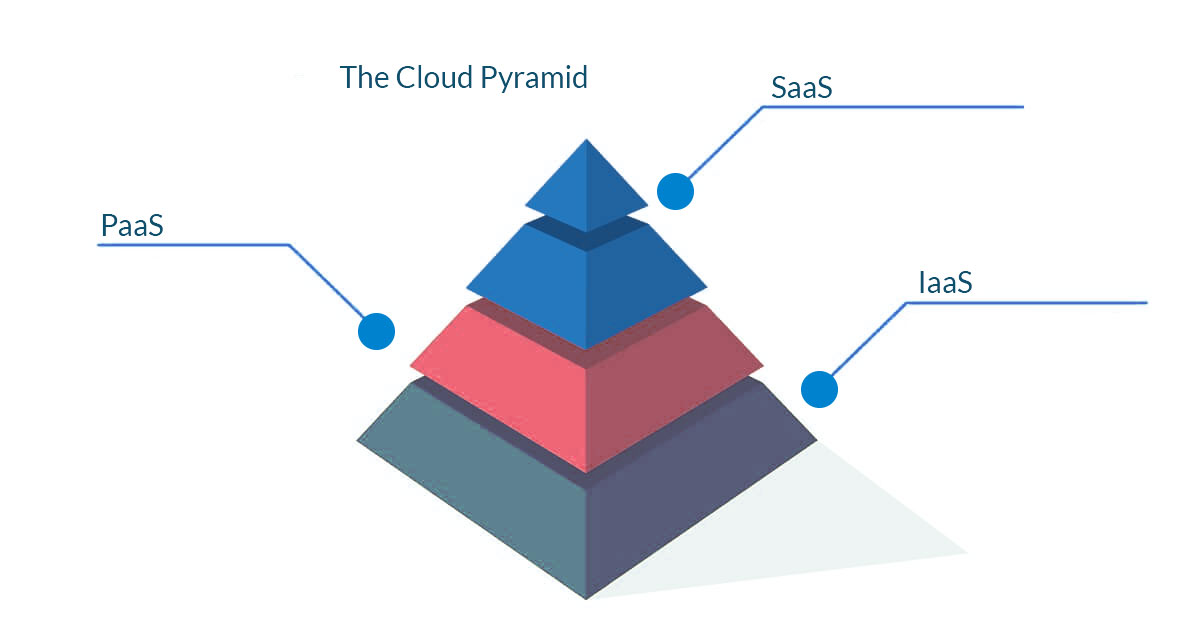
Secure Sockets Layer (SSL), a cryptographic protocol, allows data to be transferred over a network. ServerHello is the message that clients and servers send each other during handshake. This message contains information such a protocol version, encryption suite, and compression methods. The server also sends a unique value known as the session id. This session id is used by the client to identify themselves and resume handshakes.
RFCs are used to create secure sockets layers
Secure sockets Layer, or SSL, is a protocol for secure communication between applications. This protocol was first developed in 2002 and was used initially by the Internet Engineering Task Force. It is a security protocol to protect personal information over the Internet. The protocol is standardised and doesn't require any special hardware. However, it requires a trusted server in order to be used.
Netscape was the creator of Secure Sockets Layer. Over time, it has evolved through SSLv2, SSLv3 or TLSv1.0. Secure Sockets Layer implementation is the OpenSSL libraries, often referred as a "reference implementation".

MAC algorithm
The Secure Sockets Layer MAC algorithm (SSL) is a key exchange protocol that uses Secure Sockets Layer. It's public/private pair is generated using RSA. This uses the private/public key pair to generate a unique MAC. This algorithm is impervious to tampering. This algorithm is vulnerable to a type attack called a padding attack. This attack could cause the MAC to become corrupted and result in a nonrecoverable message. This attack can be prevented by using MAC encryption keys that have no security flaws.
Vulnerabilities
Website and application security can be compromised by SSL vulnerabilities. In the last few years, a number of vulnerabilities were discovered. One of the most well-known vulnerabilities is the zero logon vulnerability. This is being exploited to send ransomware and advanced persistent risk actors. Other vulnerabilities include SSL VPN apps, such as CVE-2018-197781 for Citrix ADC or CVE-20140630 for Pulse Connect SSL VPN.
Another vulnerability affecting SSL/TLS is known as the Compression Ratio Info-leak Made Easy (CRIME). TLS compression is an integral part SSL/TLS. This algorithm replaces repeated bytes with pointers to the original instance. This makes the compression ratio much more effective. The most popular compression method is DEFLATE, and some clients and servers can take advantage of this vulnerability.
TLS_DH_anon
TLS_DH_anon secure sockets layer TLS_DH_anon encrypts data transferred over the Internet. It utilizes a Diffie-Hellman key exchange and forward secrecy to ensure that the privacy of transmitted data is protected. ServerHello is sent when a client sends a message. This message includes a random code, cipher suite and compression method. The message is encrypted and will remain secure until the session ends.

One of the most widely used encryption protocols is Secure sockets layer TLS_DH_onon. It protects data in transmission through the use of a symmetric-key algorithm. Each connection is assigned a unique key for this algorithm. These details must be agreed upon by the client and server prior to sending any data. Symmetric encryption is also used to share a secret between the client, server, and client. This assures data's security and reliability.
ECDH_anon
Secure sockets layers (SSL), is a protocol for encrypting connections between web servers and clients over insecure networks. SSL was introduced by Netscape in 1995 and quickly became the industry standard for secure online transactions. SSL is commonly used to encrypt and authenticate other applications. However, the Internet Engineering Task Force discontinued recommending SSL general use in 2015. Since then, it has been replaced by Transport Layer Security protocol (TLS).
FAQ
What is the cost of creating an ecommerce website?
It depends on the platform you choose and whether you use a freelancer to build your site or hire a service provider. Most eCommerce sites start at around $1,000.
Once you have chosen a platform, expect to pay between $500 and $10,000.
A template is usually less than $5,000 if you plan to use it. This includes any customizing you do to your brand.
Is it better to hire a web designer than do it myself?
Don't pay for web design services if you want to save money. But if you want quality results, then hiring someone else to create your website may not be worth the cost.
The truth is, there are many different ways to build websites from scratch without the need for expensive professional designers.
If you're willing and able to invest the time and effort to create a stunning website, you can use free tools such as Dreamweaver or Photoshop to learn how to do it yourself.
It is possible to outsource your project to a freelance web developer, who will charge by the hour rather than per-project.
What is responsive web design?
Responsive Web Design (RWD), is an approach to designing responsive websites. Content will display correctly on all devices, such as smartphones, tablets, laptops, tablets, and desktop computers. This allows users to view a website on one device simultaneously but still access other features such as navigation menus, buttons, etc. RWD is designed to ensure that a user can view a site on any size screen.
If you are building a website to sell products primarily via eCommerce, then you want to make sure that customers can purchase items from your store even if they view it on their smartphones.
Responsive websites will adjust their layout according to the device that is being used. The site will display exactly the same way on a laptop as if it were viewed on a desktop computer. It will be different if the page is viewed from your phone.
This means that you can create a single website that looks great on every type of device.
Is it more likely to be hired as a web developer if I have a good portfolio?
Yes. It is important to have a portfolio when applying for web design or development jobs. Your portfolio should include examples of your skills.
Portfolios typically include examples of past projects. These samples can show off your ability to do any task. Your portfolio should include everything: wireframes and mockups as well as logos, brochures, websites, apps, and even logos.
Can I build my website using HTML & CSS?
Yes! You should be able to create a website if you have been following the instructions.
Now that you are familiar with how to create a website's structure, you will also need to be familiar with HTML and CSS programming.
HTML stands as HyperText Markup Language. Think of it like writing a recipe for a dish. It would include ingredients, instructions, as well as directions. HTML also tells a computer what parts of text should be bolded, underlined or italicized. It is the language used to describe documents.
CSS stands for Cascading Style Sheets. This is a stylesheet for recipes. Instead of listing every ingredient and instructions, you create general rules about font sizes, colors, spacing and other details.
HTML tells a browser how to format a webpage; CSS tells a browser how to do it.
Don't panic if either of these terms are confusing to you. Follow these steps to make beautiful websites.
What Should I Add to My Portfolio?
Your portfolio should consist of all these things:
-
Exemplaires of previous work
-
Links to your website (if applicable).
-
Your blog may have links
-
Links to social media pages.
-
Here are links to portfolios online of other designers.
-
Any awards you have been given.
-
References.
-
Samples of your work.
-
Here are some links that will show you how to communicate with your clients.
-
Links showing you're willing to learn new technologies.
-
Here are some links to show you are flexible.
-
You can find links that reflect your personality.
-
Videos showing your skills.
Statistics
- In fact, according to Color Matters, a signature color can boost brand recognition by 80%. There's a lot of psychology behind people's perception of color, so it's important to understand how it's used with your industry. (websitebuilderexpert.com)
- Did you know videos can boost organic search traffic to your website by 157%? (wix.com)
- When choosing your website color scheme, a general rule is to limit yourself to three shades: one primary color (60% of the mix), one secondary color (30%), and one accent color (10%). (wix.com)
- It enables you to sell your music directly on your website and keep 100% of the profits. (wix.com)
- Studies show that 77% of satisfied customers will recommend your business or service to a friend after having a positive experience. (wix.com)
External Links
How To
How to choose one CMS from another?
There are two types in general of Content Management System (CMS). Web Designers use Static HTML or Dynamic CMS. WordPress is the most widely used CMS. Joomla! is an excellent CMS for making your site professional and well-organized. You can create any kind of website with Joomla!'s powerful open-source CMS. It is easy to set up and configure. Joomla includes thousands of templates and extensions so you don't have to hire a programmer to build your site. Joomla is easy to use and free to download. Joomla is a good choice for your project.
Joomla is a powerful tool that makes it easy to manage all aspects of your website. Joomla has many great features including a drag-and drop editor and multiple template support. It also includes image management, blog management, blog administration, news feed, eCommerce, as well as blog management. Joomla is an excellent choice for anyone looking to build a website without learning how to code.
Joomla supports all devices. You can easily create websites for multiple platforms with Joomla.
There are many reasons Joomla is preferred over WordPress. Some of them include:
-
Joomla is Open Source Software
-
Easy to Install and Configure
-
Over 2,000 ready-made Templates and Extensions
-
You can download and use the software free of charge
-
All Devices Supported
-
Amazing Features
-
Great Support Community
-
Very secure
-
Flexible
-
Highly customizable
-
Multi-Lingual
-
SEO Friendly
-
Responsive
-
Social Media Integration
-
Mobile Optimized